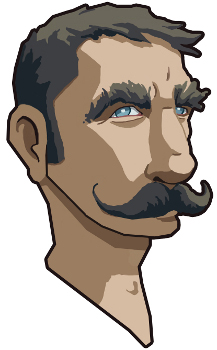Leiningen is for automating Clojure projects without setting your hair on fire.
The canonical repository for Leiningen is on Codeberg but we maintain a mirror on GitHub for the time being in order to ease the transition. Please update your links and git remotes.
The repo on github will be left around for a time as a convenience
offered to those who haven't yet created a Codeberg account. You can
still open issues here and submit pull requests. However, be sure to
branch from main for your pull requests instead of this branch!
